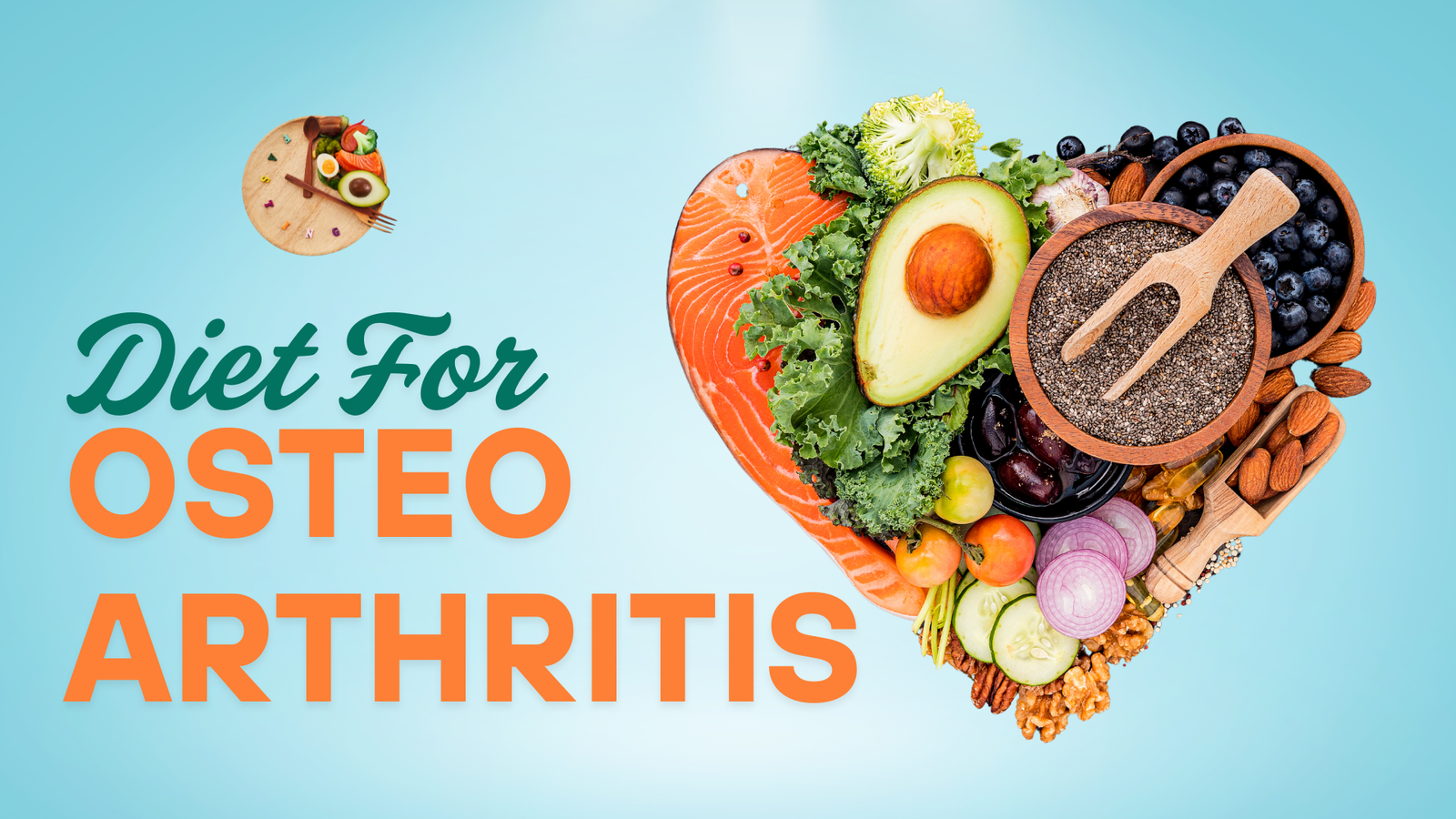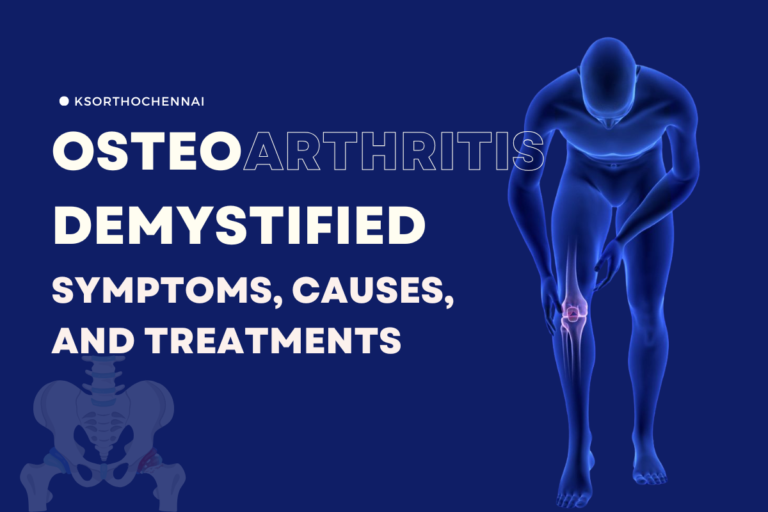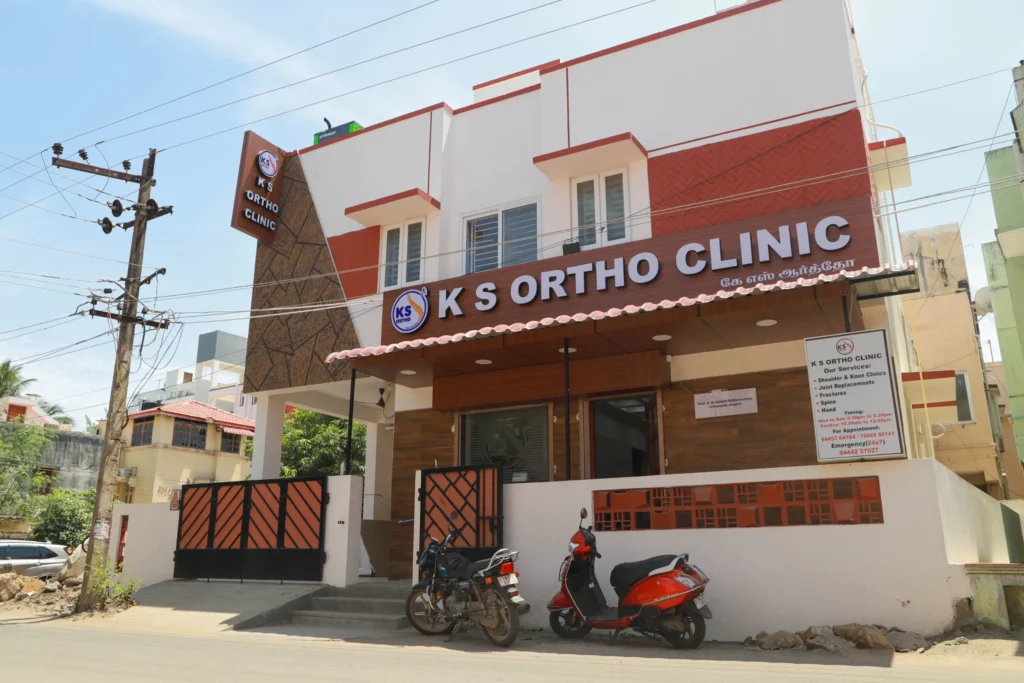Osteoarthritis (OA) is one of the most common joint disorders worldwide, affecting millions of people. It occurs when the protective cartilage that cushions the ends of bones wears down over time, leading to pain, stiffness, and reduced mobility. If you are experiencing joint discomfort, particularly in the knees, understanding osteoarthritis’s early signs, causes, and treatments can help you manage the condition effectively.
Understanding Osteoarthritis: What You Need to Know
What is Osteoarthritis? A Simple Breakdown
Osteoarthritis is a degenerative joint disease that results from the breakdown of cartilage, the smooth tissue that covers the ends of bones in a joint. Over time, this leads to pain, inflammation, and stiffness. Unlike rheumatoid arthritis, which is an autoimmune disorder, OA is primarily a wear-and-tear condition.
How Common is Osteoarthritis? Stats & Facts
According to the World Health Organization (WHO), over 500 million people worldwide suffer from osteoarthritis, with knee osteoarthritis being the most prevalent form. It is more common in older adults, but younger people can also develop it due to injuries or genetic predisposition.
Early Signs of Osteoarthritis in Knees
Warning Signs You Shouldn’t Ignore
Persistent knee pain that worsens after activity
Stiffness, especially in the morning or after sitting for long periods
Swelling around the knee joint
Popping or cracking sounds when moving the knee
Limited range of motion, making activities like squatting or climbing stairs difficult
How Knee Osteoarthritis Progresses Over Time
Initially, symptoms may be mild, but as cartilage continues to wear down, pain and stiffness increase. Over time, the bones may rub against each other, leading to severe discomfort and mobility issues.
When to See a Doctor for Joint Pain
If you experience persistent knee pain, swelling, or difficulty moving, consult a healthcare professional. Early diagnosis can help slow disease progression and improve quality of life.
What Causes Osteoarthritis? Key Risk Factors
Age & Genetics: Are You at Risk?
Age is the biggest risk factor for osteoarthritis, as cartilage naturally deteriorates over time. Additionally, genetic predisposition can make some individuals more susceptible to developing the condition.
Lifestyle Triggers: How Daily Habits Matter
Lack of physical activity weakens muscles that support joints
Poor posture and repetitive joint stress can accelerate wear and tear
Excess body weight increases pressure on joints, particularly the knees
Injury & Overuse: The Hidden Dangers
Previous joint injuries, even those that occurred years ago, can lead to osteoarthritis. Athletes and individuals with physically demanding jobs are at higher risk due to repetitive stress on joints.
Best Exercises for Osteoarthritis Relief
Low-Impact Workouts for Joint Health
Engaging in gentle, low-impact exercises can help maintain joint flexibility and strength. Recommended activities include:
Swimming
Cycling
Walking on flat surfaces
Strength Training for Knee Support
Building muscle around the knee joint can reduce strain and provide better support. Effective strength training exercises include:
Leg lifts
Hamstring curls
Calf raises
Stretching Routines to Improve Mobility
Stretching helps improve flexibility and reduce stiffness. Try:
Quadriceps stretch
Hamstring stretch
Yoga poses like child’s pose and downward dog
How to Prevent Osteoarthritis Naturally
The Role of Movement in Joint Longevity
Regular movement keeps joints lubricated and reduces stiffness. Avoid long periods of inactivity and incorporate daily movement into your routine.
Maintaining a Healthy Weight for Stronger Knees
Excess weight puts additional stress on joints. Losing even 5-10% of body weight can significantly reduce knee pain and improve mobility.
The Power of Anti-Inflammatory Foods
Eating foods rich in antioxidants and omega-3 fatty acids can help reduce joint inflammation.

Diet for Osteoarthritis Patients
Foods That Reduce Joint Inflammation
Fatty fish like salmon and mackerel
Leafy greens such as spinach and kale
Nuts and seeds, especially walnuts and flaxseeds
Berries packed with antioxidants
Nutrients Essential for Cartilage Health
Vitamin D and calcium for strong bones
Collagen-rich foods like bone broth
Glucosamine and chondroitin supplements
What to Avoid: Foods That Worsen Symptoms
Processed and fried foods
Sugary beverages and desserts
Excessive red meat and dairy products
Non-Surgical Treatments for Osteoarthritis
Physical Therapy: A Game-Changer for Joint Health
Physical therapy can improve flexibility, strengthen muscles, and reduce pain. A customized plan from a physical therapist can be highly beneficial.
Pain Management: Medications & Natural Remedies
Over-the-counter pain relievers like ibuprofen
Topical creams with menthol or capsaicin
Herbal remedies like turmeric and ginger
Alternative Therapies: Acupuncture, PRP & More
Acupuncture: Can help relieve pain and improve mobility
Platelet-Rich Plasma (PRP) Therapy: Uses your body’s healing factors to regenerate tissue
Massage Therapy: Helps improve blood circulation and reduce stiffness
When is Surgery Necessary? Exploring the Last Resort
Types of Surgery for Osteoarthritis
Arthroscopy: Minimally invasive surgery to remove damaged cartilage
Osteotomy: Realigning bones to reduce joint stress
Joint Replacement Surgery: Common for severe knee and hip osteoarthritis
What to Expect from Knee Replacement Surgery
Knee replacement involves replacing damaged joint surfaces with artificial components. Recovery can take several months, but most patients experience significant pain relief and improved mobility.
Recovery & Life After Surgery
Post-surgery, physical therapy is crucial for regaining strength and function. Following a healthy lifestyle can extend the life of the joint replacement.
Managing Osteoarthritis for a Better Life
Key Takeaways for Long-Term Joint Health
Recognize early symptoms and seek medical advice promptly
Maintain an active lifestyle with low-impact exercises
Follow an anti-inflammatory diet to support joint health
Explore non-surgical treatments before considering surgery
Lifestyle Changes to Stay Active & Pain-Free
Living with osteoarthritis doesn’t mean giving up on an active life. By making small but effective lifestyle changes, you can manage symptoms, improve mobility, and enhance overall well-being.
Osteoarthritis may be a lifelong condition, but with proper management, you can continue to lead a fulfilling and pain-free life. Stay proactive, listen to your body, and consult healthcare professionals for the best treatment plan suited to your needs.

